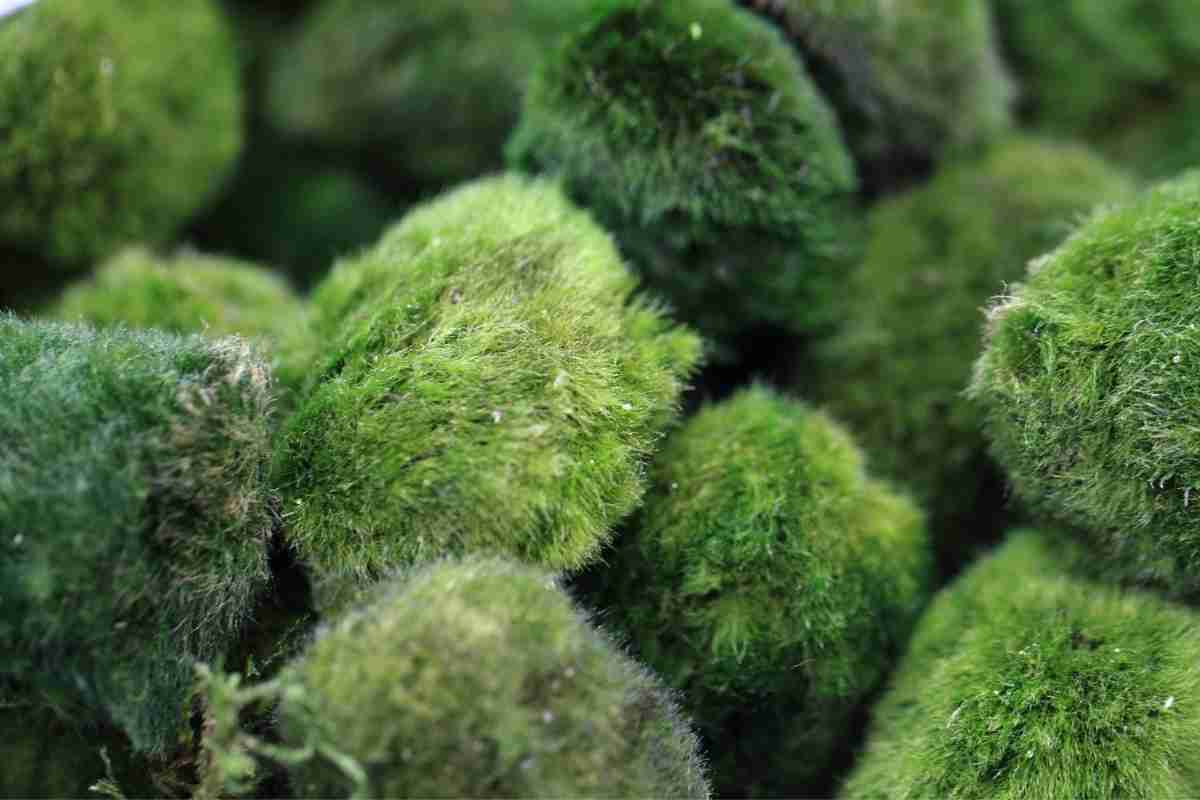
What Are Moss Ball Pets? Detailed Guide!
Read more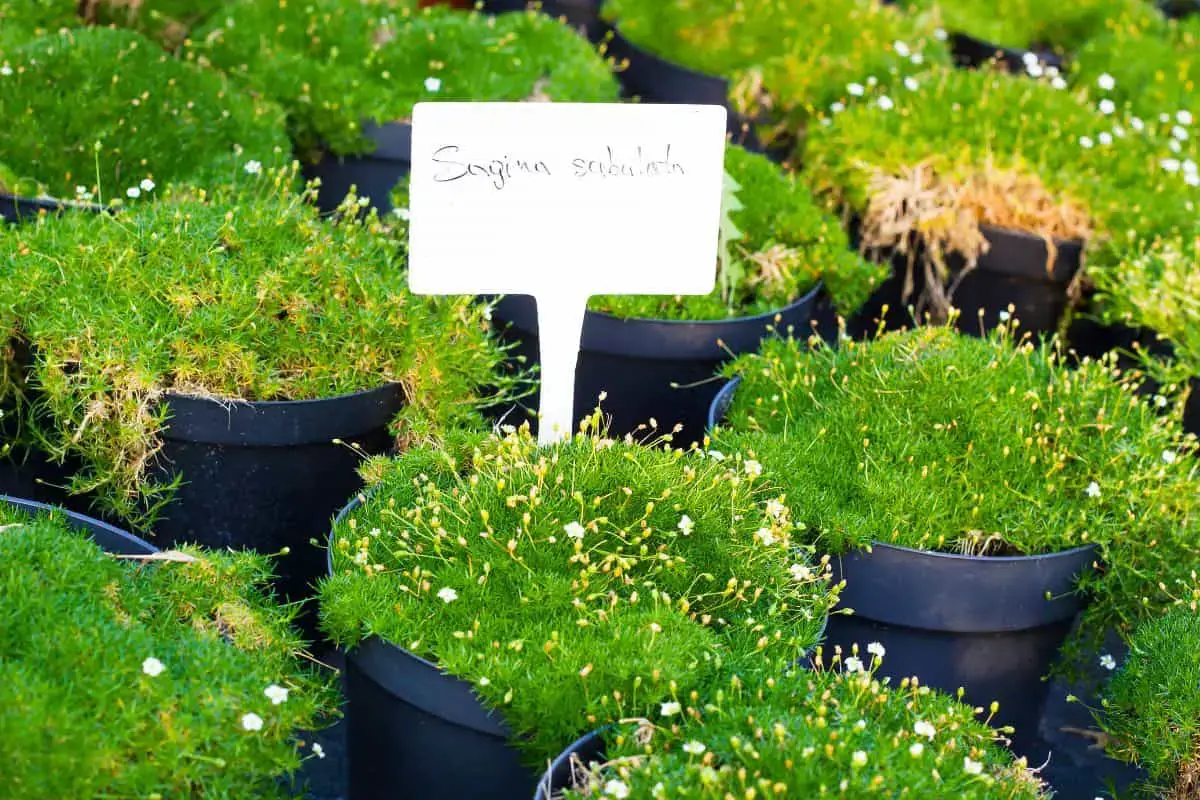
How To Grow Irish Moss Between Pavers?
Read more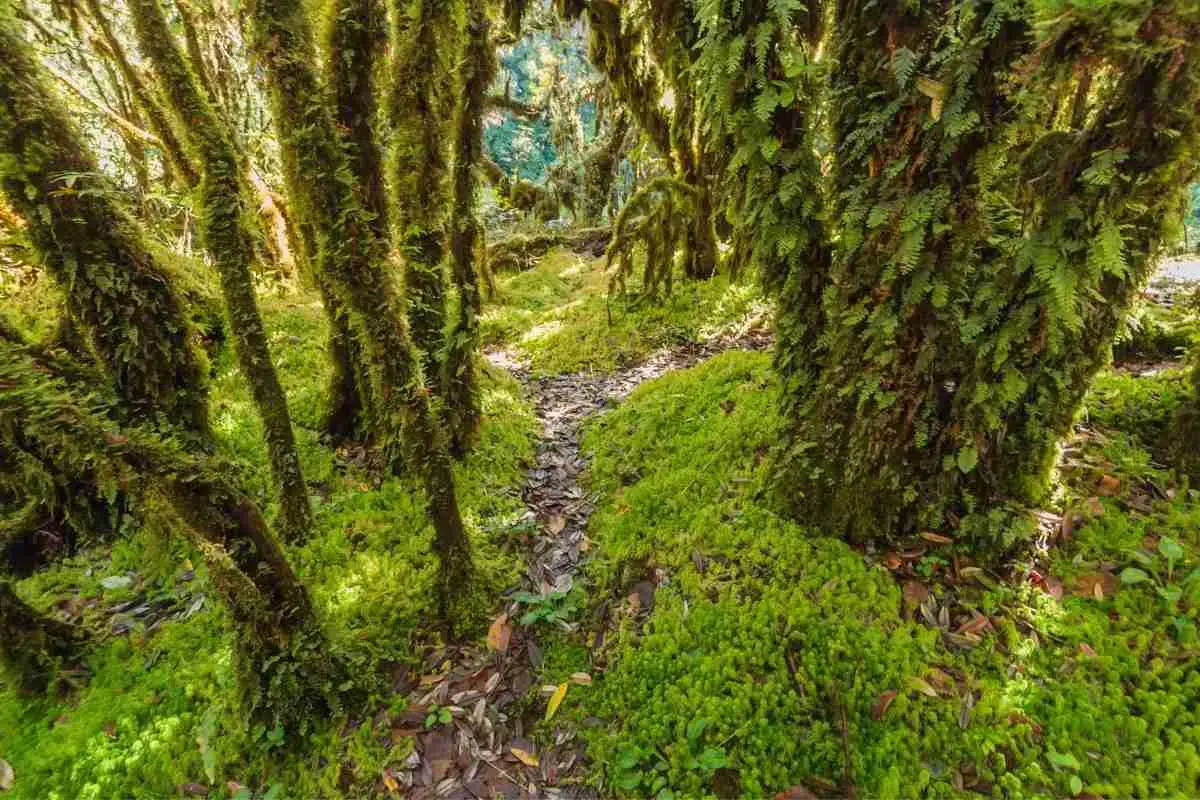
8 Types Of Moss That Grows On Trees
Read more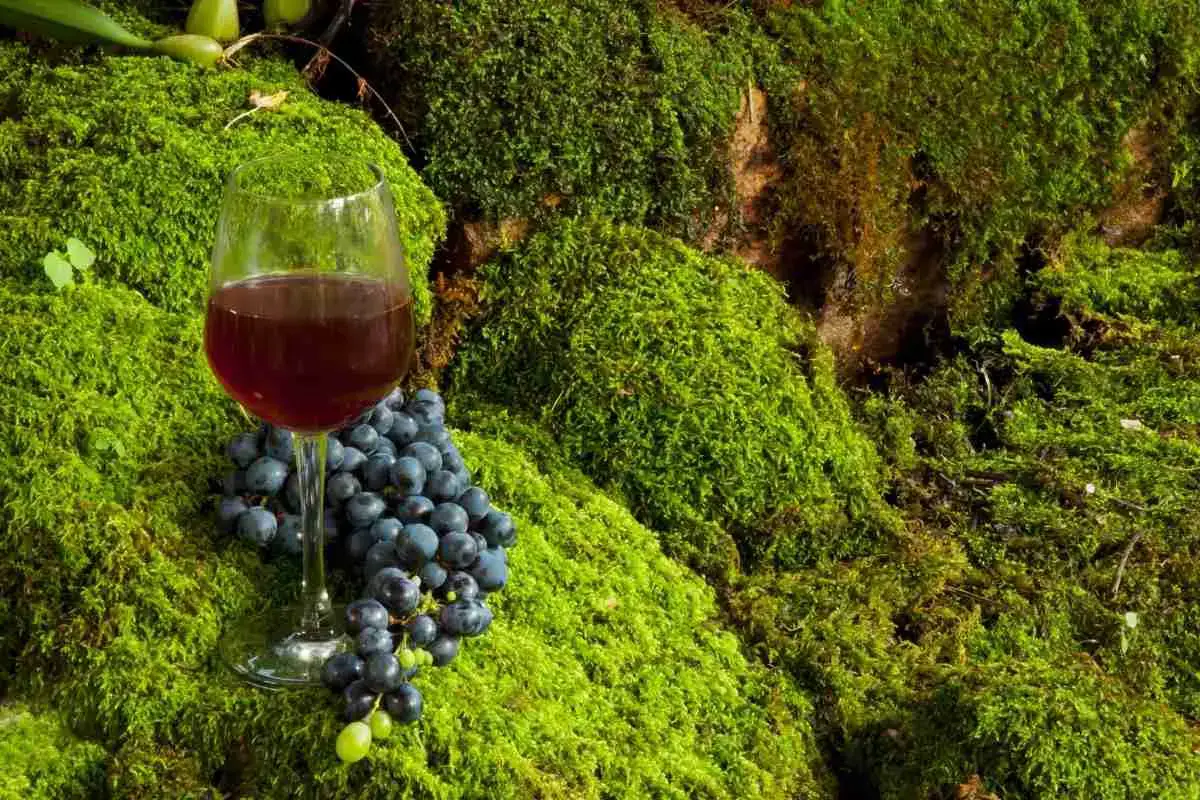
How To Grow Moss On Stone? The Ultimate Guide!
Read more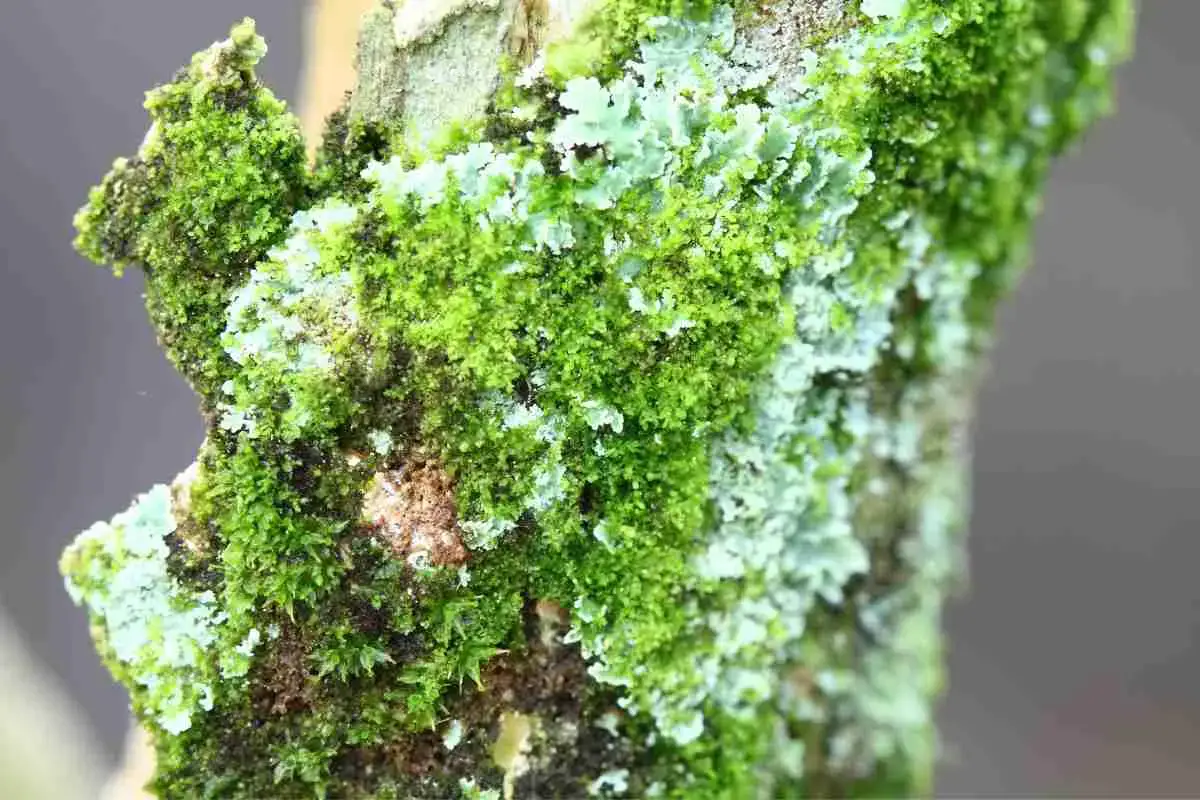
What Do Lichens Eat?
Read more
Moss vs. Fungus: Exploring the Differences and Why It Matters!
Read more
How To Grow Moss On 12 Different Surfaces Step By Step
Read more
Does Algae Need Sunlight? The Surprising Truth!
Read more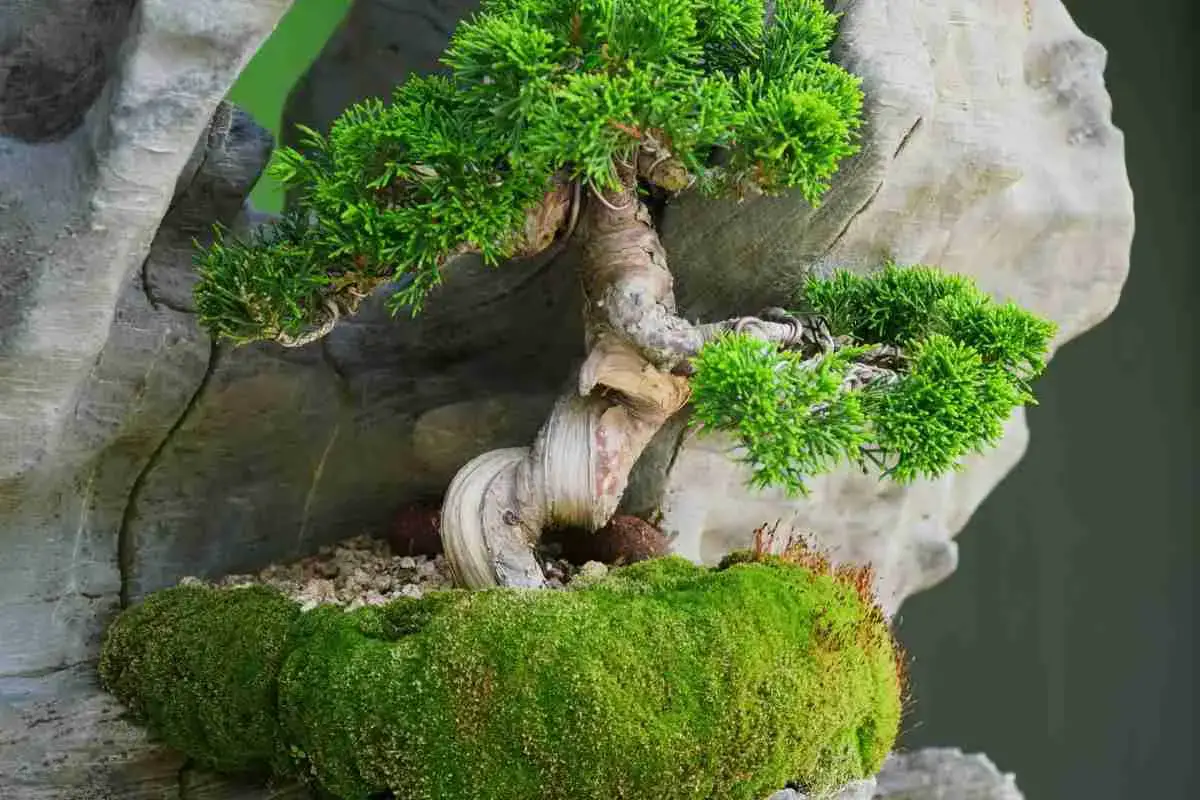
Sphagnum Moss For Bonsai: Is It Safe?
Read more
How to age terracotta pots with moss
Read more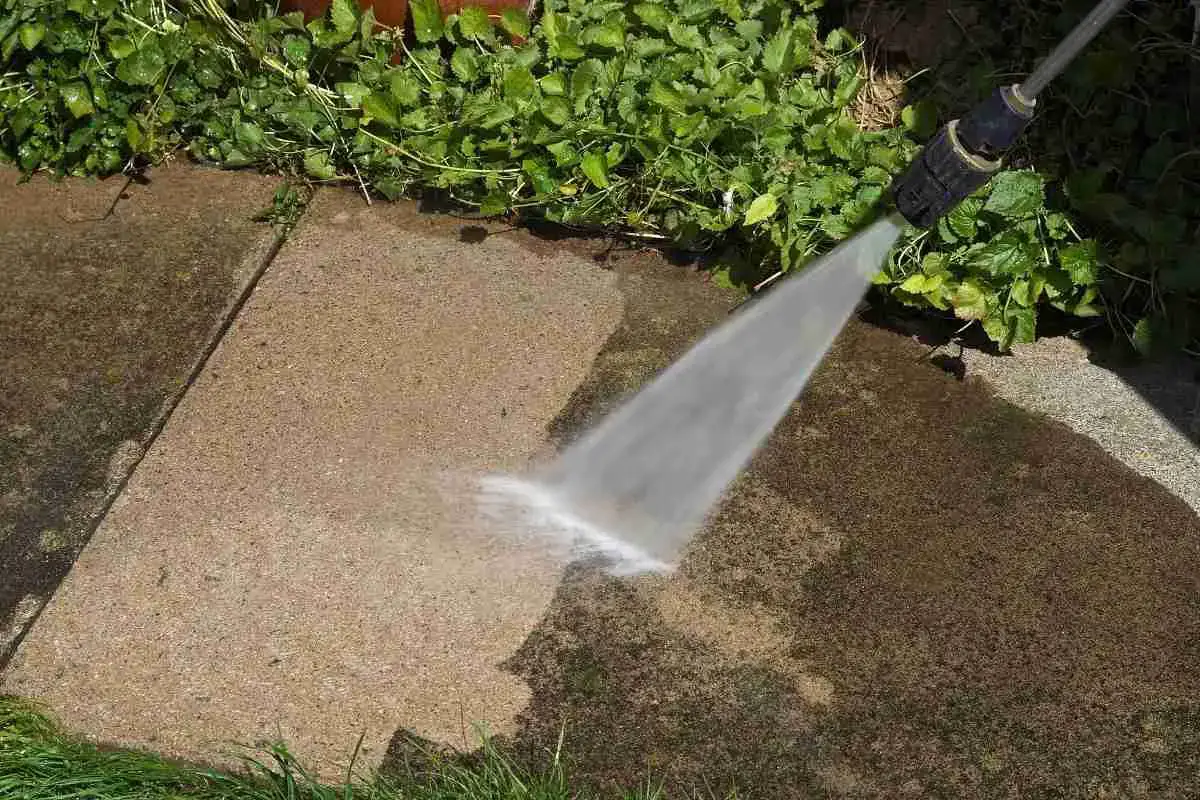
7 Easy Methods For Getting Rid Of Moss On A Patio
Read more